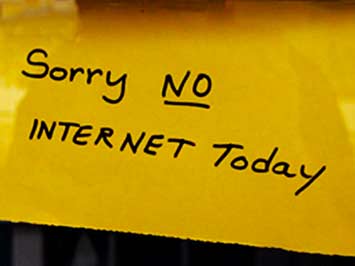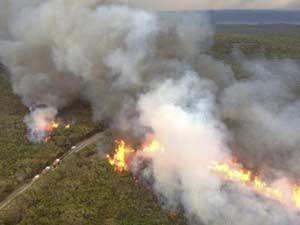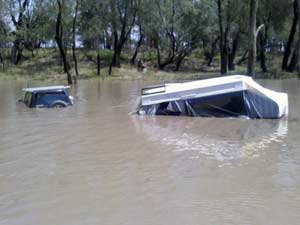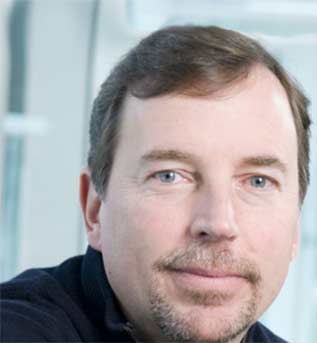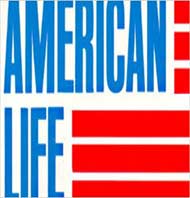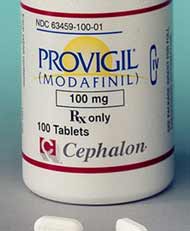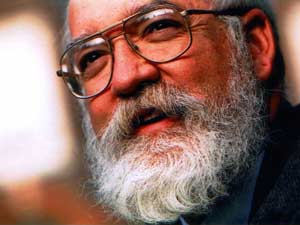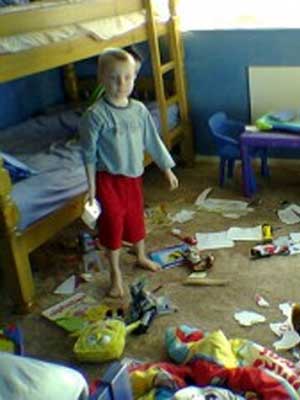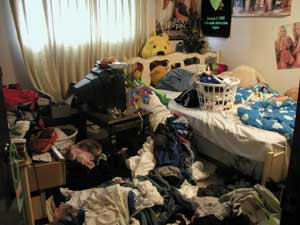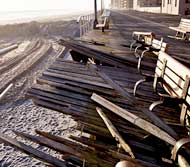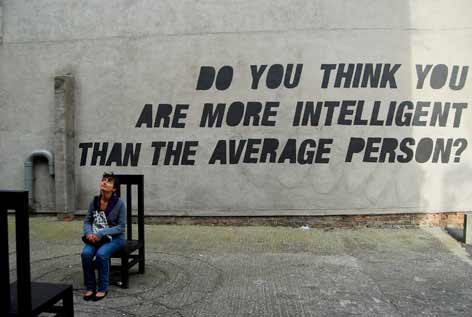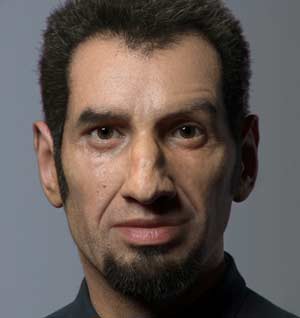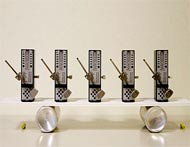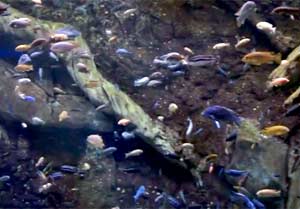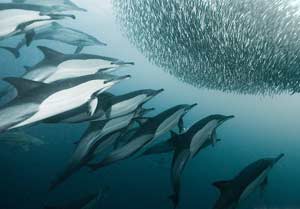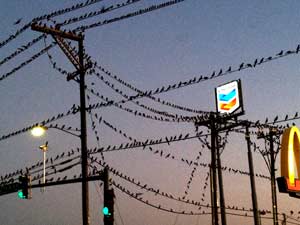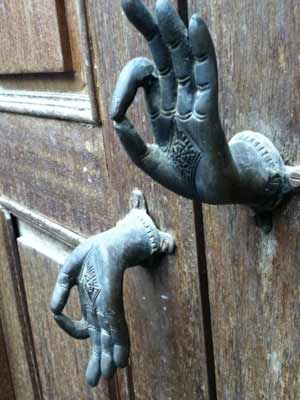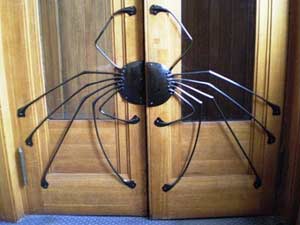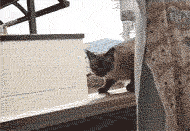What Could Go Wrong?
- A federal judge has refused to require the Justice Department to disclose a memorandum providing the legal justification for the targeted killing of a US citizen, Anwar al-Aulaqi, who was killed in a drone strike in Yemen in 2011. This is highly troubling; the entire drone strike programme has been conducted in the utmost secrecy, which in turn means that there has been very little citizen oversight. We’re told that al-Aulaqi was a bad person. A monster. A terrorist. Or at any rate, that he was an enemy combatant who had taken up arms against the US. And yet all we really know is that he was a US citizen, who was given little (or no) opportunity to present his side. Legally, his killing may have been permissible. Perhaps even morally — and yet how can we know? And the death two weeks later of al-Aulaqi’s 16-year-old son merely heightens these concerns. Under Obama, the US appears to claim the power to target US citizens anywhere on the globe, merely on the assertion that they have taken part in hostilities against the US. Now, it seems Americans aren’t even allowed to know the legal reasoning behind the claim. With such little transparency, how can anyone support these actions? With so little oversight, how could any US president resist the temptation to stretch the rules or shade the truth? For a discussion of the legal justification for the killing, see here. For a discussion of the moral issues and the intense lack of transparency, see here.
Former White House Press Secretary Robert Gibbs offered a sad justification for the drone killing of al-Aulaqi’s innocent 16-year-old American citizen son — “he should have had a more responsible father.” [Seriously? American songwriter Conor Oberst wrote a song more than a decade ago with these appropriate lyrics: “Now men with purple hearts carry silver guns / And they’ll kill a man for what his father’s done / But what my father did, you know it don’t mean shit / I’m not him.”
- Is the need for Middle Eastern oil more important to Americans’ future than their conduct as a moral and ethical people? American journalist Robert Kaplan wrote a book, The Revenge of Geography, which its reviewer sums up in a single phrase from Ambrose Bierce: War is God’s way of teaching Americans geography. Kaplan insists that the Iraq war was a way of teaching neoconservatives to pay attention to terrain. That war, of which he was an enthusiast, was a catastrophe, he now admits (a mistake he expresses deep remorse for supporting); he failed to pay attention to the lay of the land. The view, prevalent among “humanitarian interventionists,” was that you could build liberal institutions more-or-less wherever you wanted: on the tiny island of Trinidad or in cold, vast, latitudinal Canada, rainy Scotland, sunny northern Italy, the tropics of Taiwan, the deserts of Israel. Let smart people make money with new ideas in a society where cops can’t easily be bribed and the judges aren’t entirely bought — then liberal democracy would prosper. [The Iraq war was because the US wanted to be helpful, See?] The mention of humanitarian interventionists makes it sound like the Iraq war was intended as a kindness to people of Iraq, but does Kaplan really mean that? In 1994 he published an article called “The Coming Anarchy” wherein he argues that population increase, urbanisation, and resource depletion undermine fragile governments across the developing world, threatening the developed world. In 2000 he wrote another controversial essay entitled, “The Dangers of Peace,” in which he described America falling under peacetime’s “numbing and corrosive illusion.” He sees large parts of the world where the US military is operating as “injun country”, which must be civilised by the same methods used to subdue the American Frontier in the 1800s. [Slaughter?] For the US to maintain power, he says it must link its goals with the goals of people in the developing world. Alan Greenspan, former chair of the Federal Reserve, declares in his recently-released memoirs that ‘...the Iraq war is largely about oil’. “People say we’re not fighting for oil. Of course we are,” says the Republican Senator from Nebraska, Chuck Hagel [the US president’s current nominee for Secretary of Defense] to Catholic University law students about 5 years ago. “They talk about America’s national interest. What the hell do you think they’re talking about? We’re not there for figs.” Yet no honest conversations have occurred in public to involve Americans in an open discussion about this topic. US actions in Iraq have led to as many as a million Iraqi deaths, many more wounded, and 4.4 million displaced. Americans have come to accept that US policy will include the moral and ethical disruptions of war, even though the people invaded had not attacked them. But note: by the year 2020, energy will be 50% more expensive, in real terms, than today. This will carry through into the cost of almost everything – including food. Was Kaplan’s vision of anarchy not that far-fetched?
- ‘Sooner or later — by intent or by accident — we’ll face a catastrophic breakdown of the Internet. Yet we have no Plan B in place to reboot a rudimentary, low-bandwidth emergency communication network if the high-bandwidth system on which we’ve come to depend were to fail. In the event of a major network disruption, most of us will have no idea what to do except to try checking the Internet for advice. As the system begins to recover, the resulting overload may bring 'recovery’ to a halt. The ancestor of the Internet was the store-and-forward punched-paper-tape telegraph network. This low-bandwidth, high-latency system was sufficient to convey important messages, like 'Send ammunition’ or 'Arriving New York 12 Dec. Much love. Stop.’ We need a low-bandwidth, high-latency store-and-forward message system that can run in emergency mode on an ad-hoc network assembled from mobile phones and laptop computers even if the main networks fail. We should keep this system on standby, and periodically exercise it, along with a network of volunteers trained in network first aid the way we train lifeguards and babysitters in CPR. These first responders, like the amateur radio operators who restore communications after natural disasters, would prioritise essential communications, begin the process of recovery, and relay instructions as to what to do next. Most computers — from your car’s engine controller to your desktop — can be rebooted into safe mode to get you home. But no safe mode for the Internet? We should be worried about that.’ (Written by George Dyson, science historian and author.)
 Animals
Animals Animation
Animation Art of Playing Cards
Art of Playing Cards Drugs
Drugs Education
Education Environment
Environment Flying
Flying History
History Humour
Humour Immigration
Immigration Info/Tech
Info/Tech Intellectual/Entertaining
Intellectual/Entertaining Lifestyles
Lifestyles Men
Men Money/Politics/Law
Money/Politics/Law New Jersey
New Jersey Odds and Oddities
Odds and Oddities Older & Under
Older & Under Photography
Photography Prisons
Prisons Relationships
Relationships Science
Science Social/Cultural
Social/Cultural Terrorism
Terrorism Wellington
Wellington Working
Working Zero Return Investment
Zero Return Investment

